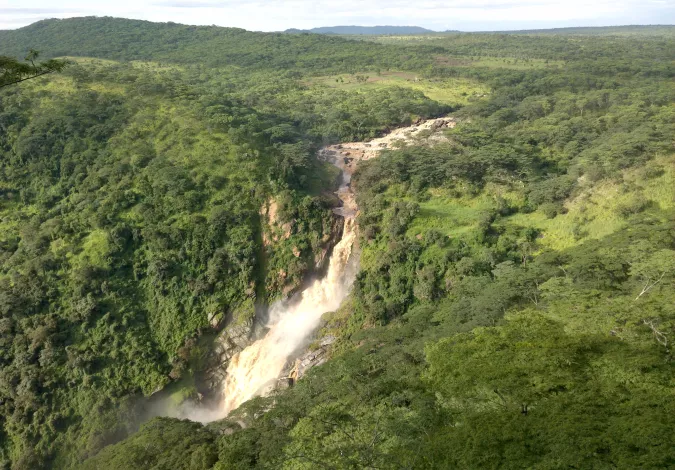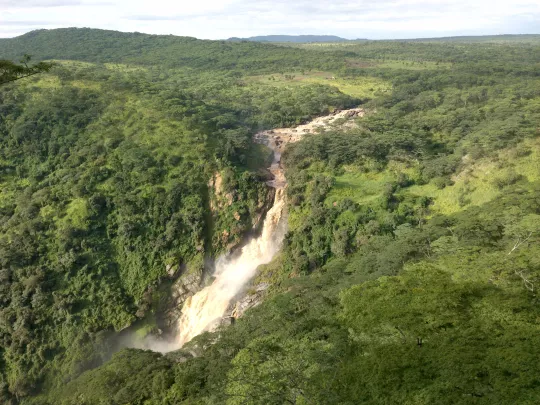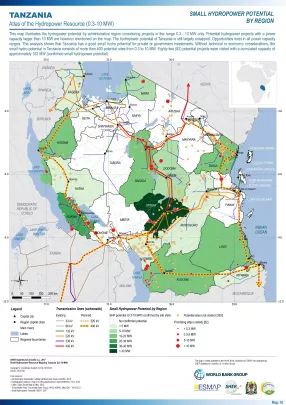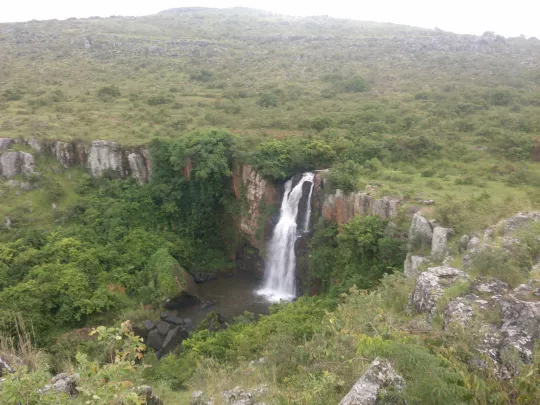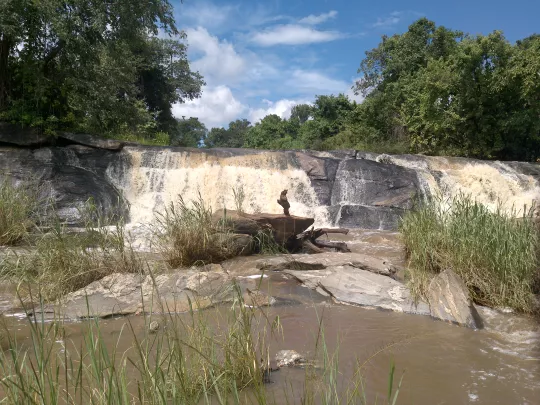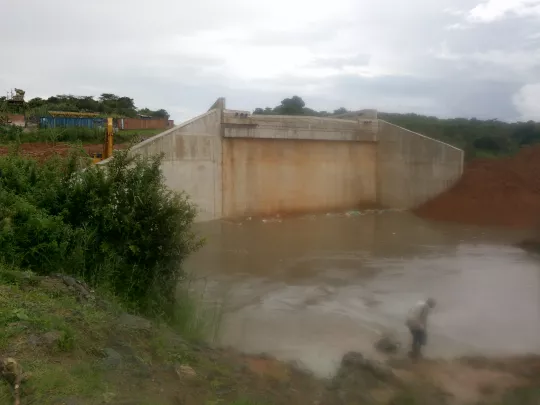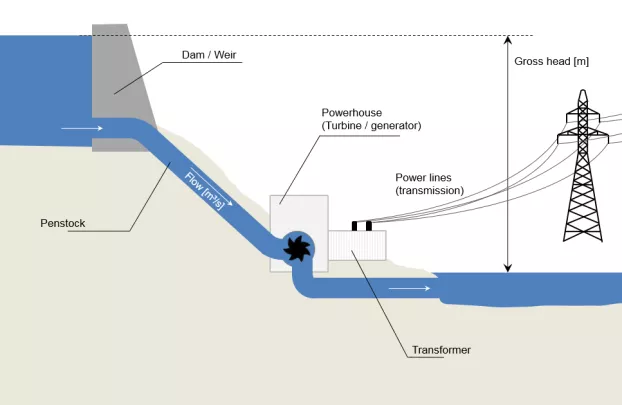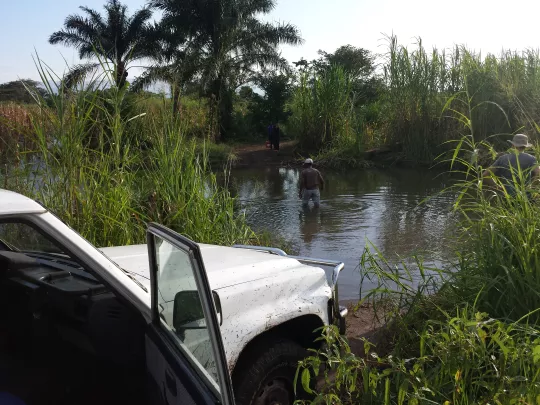Context of the project
The main objectives of the study, financed by the ESMAP programme, were to provide an accurate estimate of the potential for small hydropower (1 to 10 MW) and its geographical distribution in the country, and to provide the Tanzanian government with an initial series of bankable projects. By taking into account other constraints, it has enabled better investment planning and contributed to improving the energy sector policy. This appropriate renewable energy policy, combined with a good knowledge of resources via reliable databases and GIS, is essential for the sector's proper development and will ultimately help to improve the purchasing power of the population at sustainable and appropriate costs. The availability of this information will make it possible to attract private investors for more rapid development of small-scale hydropower in Tanzania.
SHER's mission, led by a multidisciplinary team of a dozen people, was carried out in three phases:
Initial inventory and mapping
- Assessment of existing databases and bibliography
- Identification of key partners in the sector (public and private)
- Development of an initial map and identification of missing data
- Consolidation of information from the various sources: 455 potential hydropower sites, 278 of which come from literature and 177 have been newly identified by SiteFinder©, a spatial analysis tool that identifies river sections with high hydroelectric potential on the basis of rainfall and topographical data (tool developed by SHER Ingénieurs-Conseils).
Field data collection and validation
- Data collection campaign at 85 pre-identified sites over a period of 18 months: flow measurements, acquisition of meteorological, geotechnical, environmental and socio-economic data, etc.
- Installation of appropriate measuring equipment and periodic data collection
Production and validation of the Small Hydro Atlas
- Production of detailed and summary maps
- Description of the potential of the most interesting sites
- Production of pre-feasibility studies on 4 priority sites
